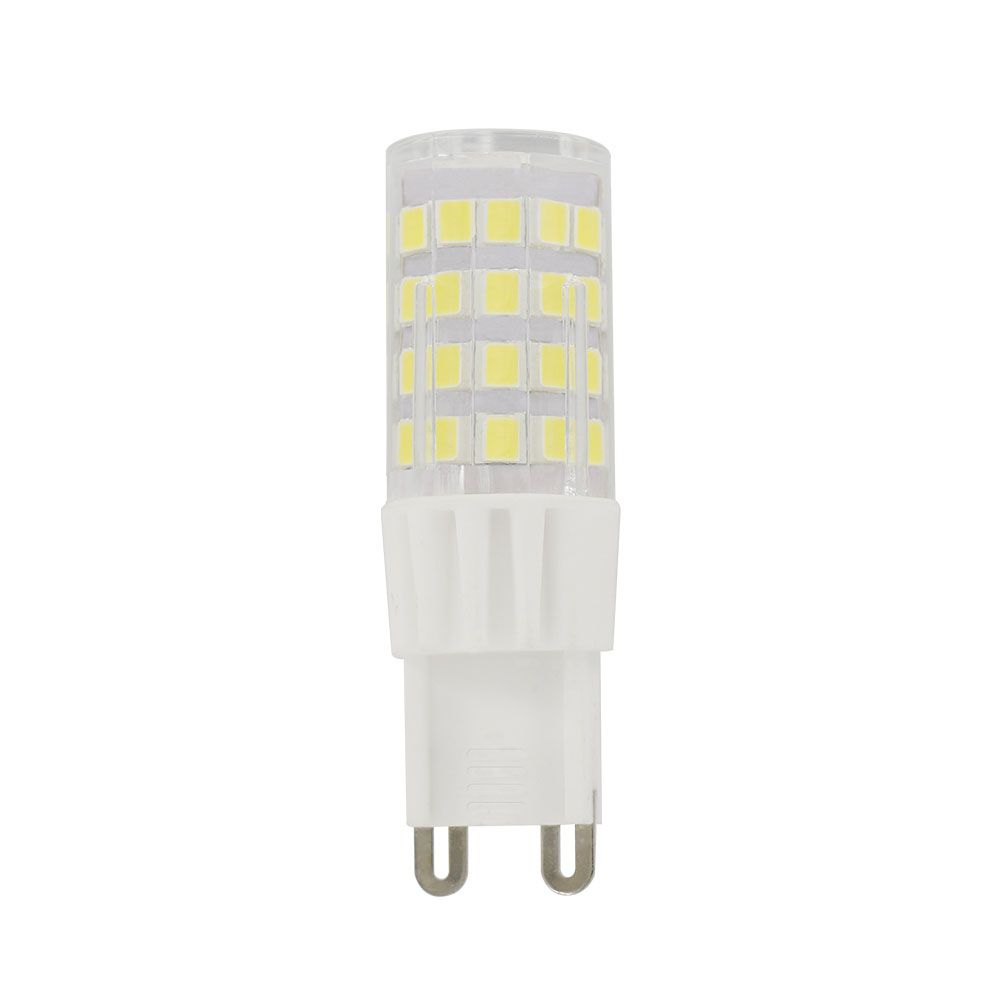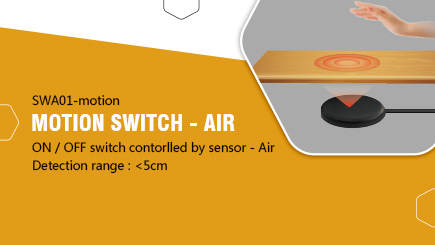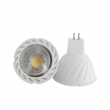This is led!
2017-05-22 09:42:33
LED (Light Emitting Diode), a light-emitting diode, is a solid-state semiconductor device, it can be directly converted into light. The heart of the LED is a semiconductor chip, one end of the chip attached to a bracket, one end is negative, the other end connected to the power of the positive, so that the entire chip is encapsulated by epoxy resin. Semiconductor chip consists of two parts, part of the P-type semiconductor, in which the dominant hole inside, the other end is the N-type semiconductor, mainly electronic here. But when the two semiconductors are connected, they form a "P-N junction" between them. When the current through the wire acting on the chip, the electron will be pushed to the P area, in the P area with the hole in the electronic composite, and then will be issued in the form of photon energy, which is the principle of LED light. The wavelength of light determines the color of light, is formed by the formation of P-N knot material.
LED (Light-Emitting-Diode means a light-emitting diode) is a kind of energy can be converted into light energy of the semiconductor, it changed the incandescent tungsten light and energy-saving lamps three primary colors of light principle, and the use of electric field light. According to the analysis, LED features are very obvious, long life, high luminous efficiency, no radiation and low power consumption. LED spectrum almost all concentrated in the visible light band, the luminous efficiency of more than 150lm / W. The results show that the luminous efficiency of ordinary incandescent lamp is 12lm / W, the life is less than 2000 hours, the luminous efficiency of spiral energy-saving lamp is 60lm / W, the life is less than that of ordinary incandescent lamp, spiral energy saving lamp and T5 trichromatic fluorescent lamp. 8000 hours, and now a large number of exports in foreign G4 LED lights were 120lm / W, life expectancy of about 25,000 hours. It is also predicted that the future LED life limit will be infinite.
High power, refers to the luminous power, generally refers to 1.5W, 2W 10W or higher. Light intensity and lumens are larger than the small power, but the same heat is also great, and now high power is a single application, plus a large heat sink. Low power is generally about 0.06W. LED flashlight is now generally used with low power, scattered light, depending on the LED light angle, a large angle of the small angle of the points, small angle is not scattered, large angle only scattered. The flashlight on the market is usually made with straw hat. good results. Now worry about some LED manufacturers do not re-quality, take the defective LED flashlight, with how long there is dead lights.
LED brightness is associated with the LED light angle has a certain relationship, the smaller the angle of the LED its brightness is higher, there is no super bright is not super bright, it is cheating the child, if it is good quality LED no matter which LED manufacturers are almost all the brightness of the production, but the production process is not the same, the service life is slightly different, because we are using several foreign LED chips. If it is 5MM LED180 degrees angle white brightness only a few 100 MCD, if it is 15 degrees angle brightness will go to more than ten thousand twenty thousand MCD brightness, the brightness difference of several times, and if it is used for lighting, outdoors is best to use high-power LED , The brightness is even higher, a single power 2W, 4W, 10W, there are many high-power combination into a high-power LED, power to hundreds of have.

The degree to which the light source is presented for the color of the object is called color rendering. Usually called "color rendering index" (Ra). Color is the true color of the thing (its own color) and a standard light source under the color relationship. Ra value is determined by the DIN6169 standard defined in the eight test colors in the standard light source and the test light source to do comparison, the smaller the color difference indicates that the color of the measured light source color better.
A light source with a Ra value of 100 indicates that the color displayed by the thing in its light is the same as that of the standard light source.
Color temperature and brightness does not matter, and the brightness and lumen value of the relevant:
Luminous intensity (cd): luminous flux is a light source to the surrounding space to emit the total light energy. The distribution of luminous flux emitted by different light sources in space is different. The luminous intensity of the unit is candela, the symbol is cd, which represents the light source in a unit of spherical solid angle (the surface of the object to the point of the formation of light source) within the luminous flux. 1 cd = 1 lm / 1 sr (sr: spherical unit of solid angle).
Color rendering property: In principle, artificial light should be the same as natural light, so that the naked eye can correctly identify the color of things, of course, this depends on the location and purpose of the lighting.
Luminous flux (lm): Since the human eye has different sensitivities for different wavelengths of electromagnetic waves, we can not directly measure the light energy with the radiant or radiant flux of the light source. We must use the unit of light- --- luminous flux to measure. The luminous flux is expressed in symbol Φ, in lumens (lm).
Brightness (cd / m & sup2;): Brightness is the intensity of the light emitted by the object from a direction. The unit is candela / square [cd / m & sup2;], the symbol L, indicating the luminous body in a specific direction of the unit solid angle per unit area of the luminous flux, it is equal to 1 square meters on the surface issued a candela luminous intensity.
Color Temperature: When the color of the light emitted by the light source is the same as that of the blackbody at a certain temperature, the temperature of the black body is called the color temperature of the light source, and the absolute temperature K (Kelvin, Kelvin = degrees Celsius + 273.15).





